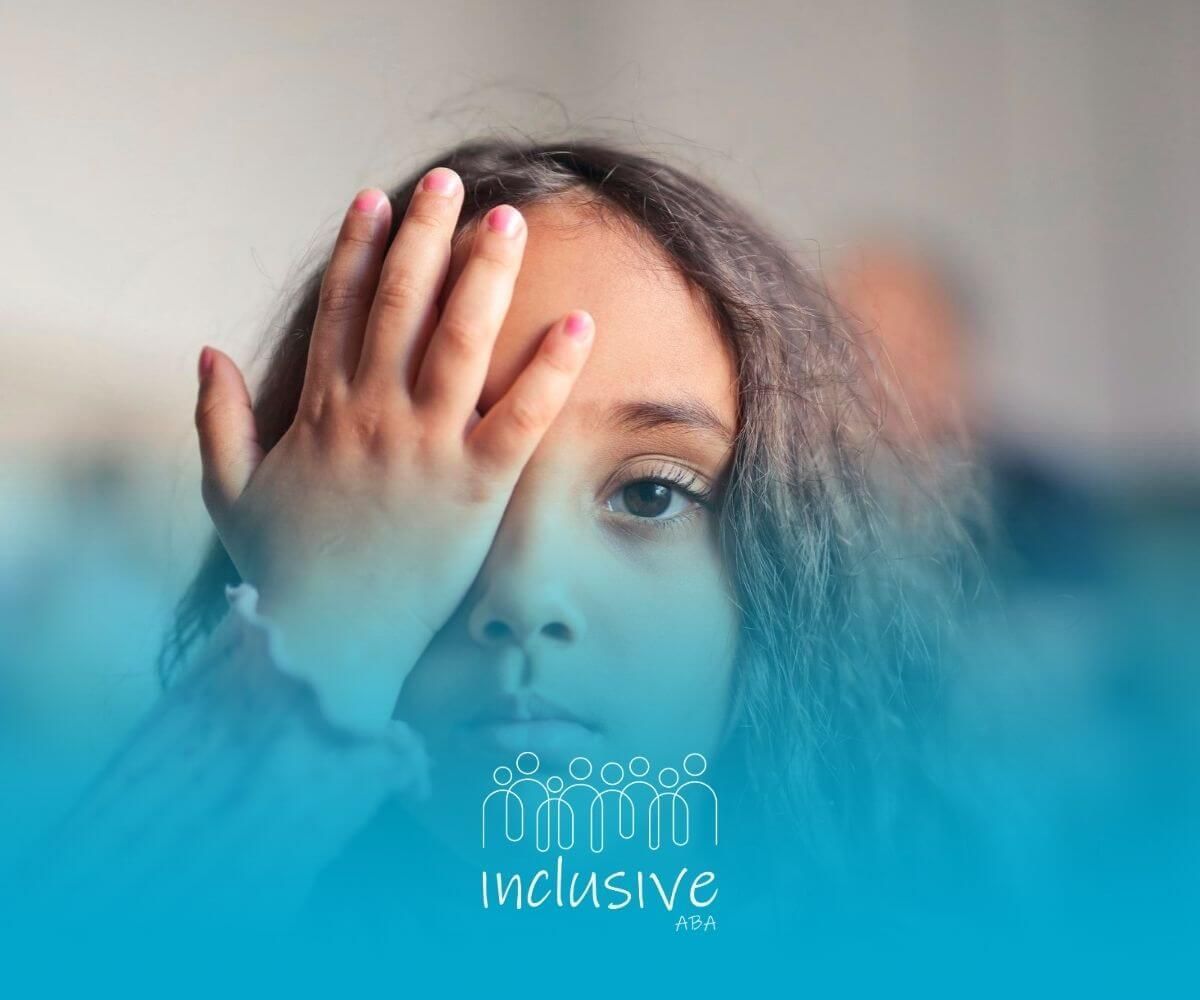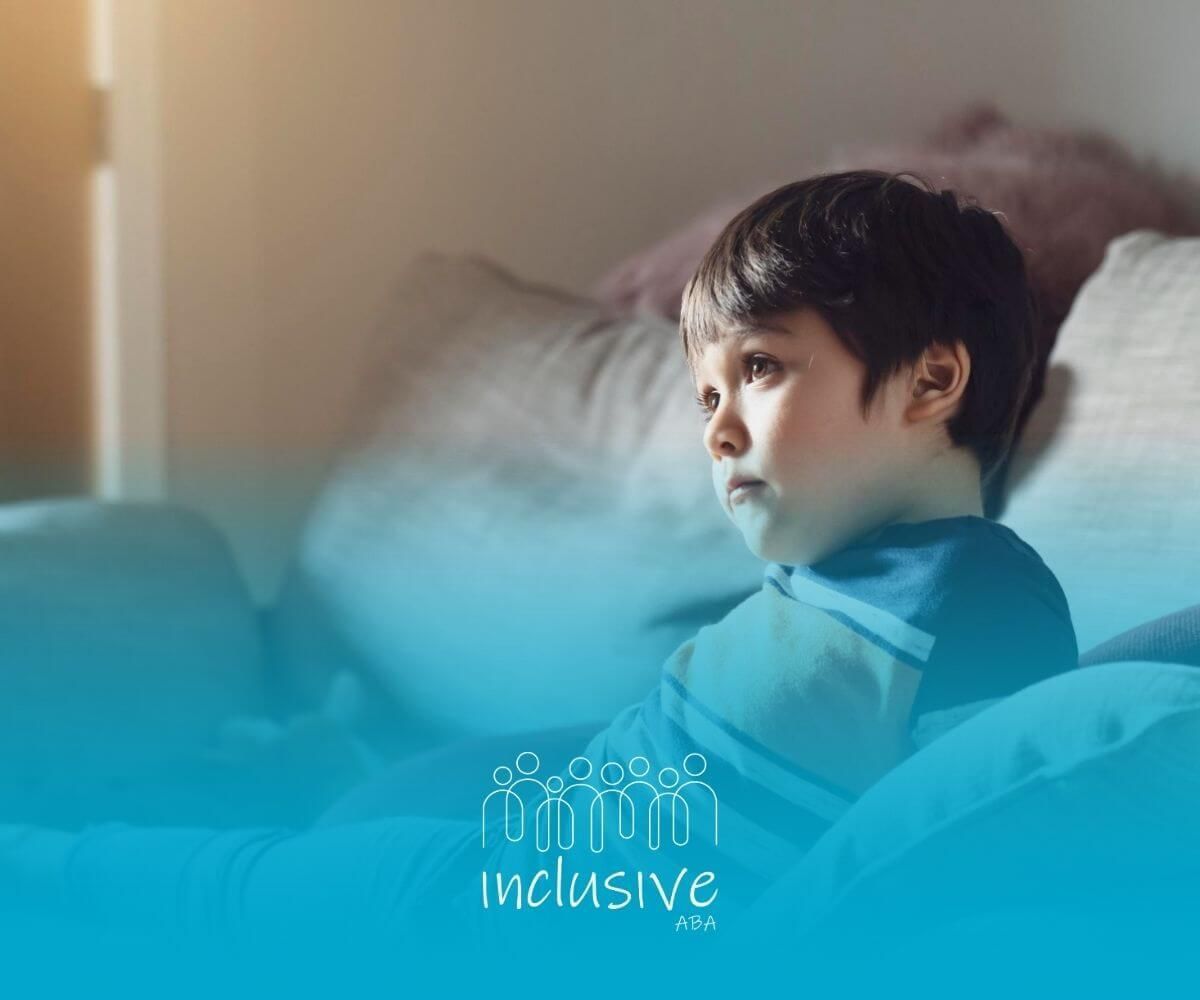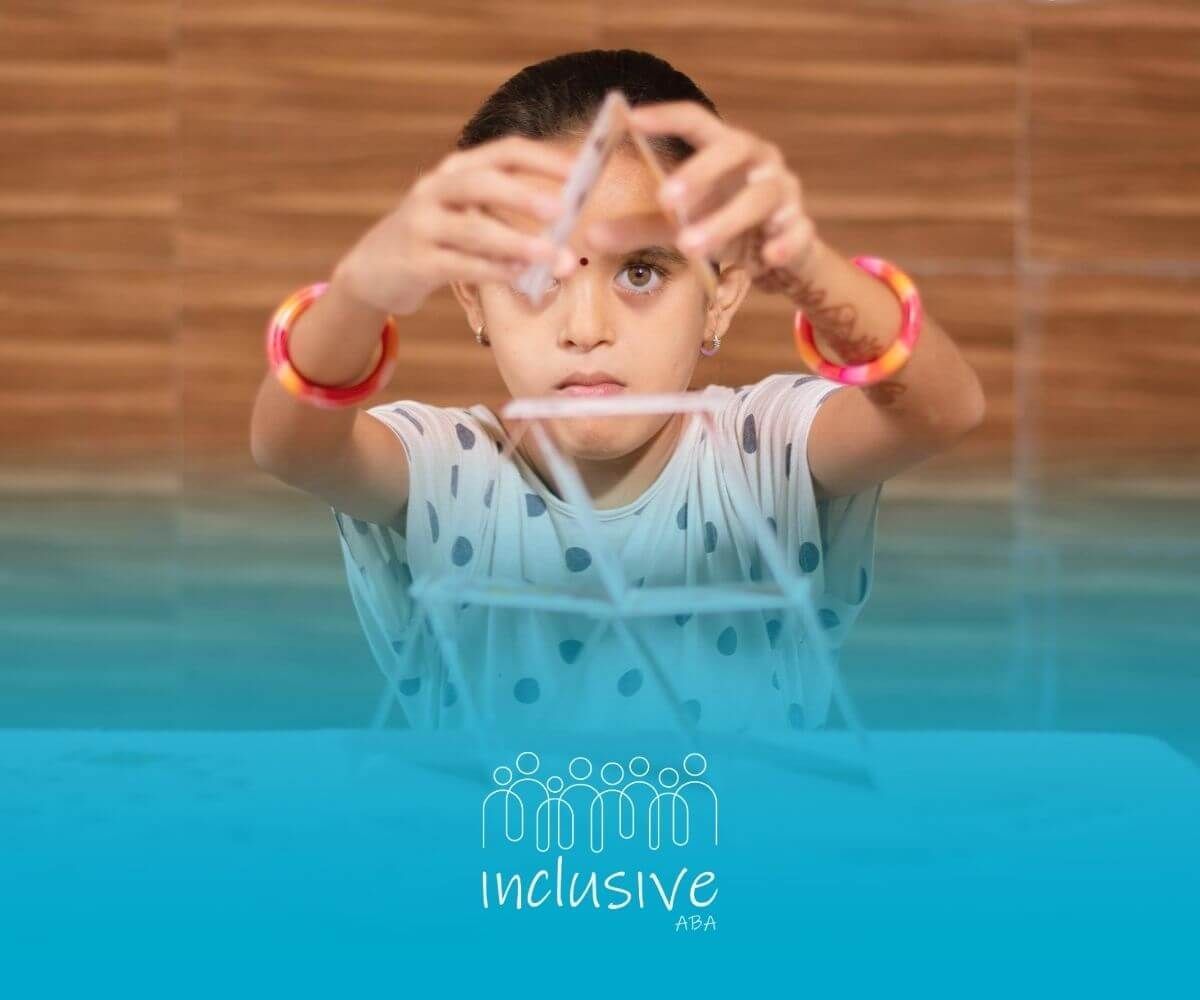Demystifying Autism and ADHD in Adults
Understanding Autism and ADHD
Getting autism and ADHD is key to grasping their quirks and how they show up, especially in grown-ups.
Overview of Autism Spectrum Disorder
Autism Spectrum Disorder (ASD) is like a colorful puzzle of challenges, affecting about 2.2% of adults in the USA. People with ASD often face hurdles with chatting, making friends, and sticking to routines—but how this shows up can be wildly different for each person. This disorder is like a grab bag that can make social hangouts, picking up new words, and going with the flow a little tricky.
Folks with autism might struggle with staying organized or find certain sounds and lights overwhelming. It’s like having an extra layer to everyday life, so friends, family, and professionals need to get a handle on these twists and turns. Intrigued by some visible cues? Check out more in our
autism vs ADHD symptoms article.
| Main Bits of Autism |
|---|
| Trouble Talking and Socializing |
| Stuck-In-The-Loop Behaviors |
| Sensory Overloads |
| Struggles with Planning and Focus |
Overview of Attention Deficit Hyperactivity Disorder
Attention Deficit Hyperactivity Disorder (ADHD) touches around 4.4% of adults. The main bits? Think juggling attention balls, bouncing off the walls, and making split-second choices. Yet, it’s a mixed bag—some folks are more daydreamers, others can’t sit still for long.
ADHD can turn focusing on tasks and daily routine into uphill battles. It can ripple out to jobs and friendships, like a splash in a pond. Knowing what’s up with ADHD is super helpful for teachers, parents, and helpers to pitch in the right support.
| Main Bits of ADHD |
|---|
| Hard to Keep Focus |
| Crazy Energy |
| Quick Decisions Without Thinking |
| Symptoms All Over the Map |
Both autism and ADHD play with the building blocks of how our brains develop—like remembering stuff, moving, chatting with others, and zoning in on tasks. Knowing their little quirks is a must, since having one can mess with the signs of the other. Curious about where they meet? Take a dive into our chat on autism and ADHD comorbidity and how to tackle an autism or ADHD diagnosis.
Key Differences Between Autism and ADHD
Getting your head around the unique hiccups in thinking with Autism Spectrum Disorder (ASD) and Attention Deficit Hyperactivity Disorder (ADHD) is pretty important to figuring them out. Yes, both mess with the brain-wires, but how and how much they do it is no ordinary mix-up.
Cognitive Impairments in Autism
Folks living with autism often hit a wall with social chit-chat. They might find it tricky to catch onto social hints, read body language, or even keep a back-and-forth conversation going. This makes navigating those everyday social setups feel like trying to follow a dance when no one taught you the moves.
Beyond the social grind, there's the whole executive stuff—stuff like planning, getting organized, or flipping the script when plans change. So, if life's throwing curveballs or mixing up the agenda, it might feel more like a hurricane than a light breeze.
| Type of Impairment | Description |
|---|---|
| Social Communication | Trouble with social signals and chats |
| Executive Functions | Struggles with getting organized and rolling with the punches |
Cognitive Impairments in ADHD
Meanwhile, ADHD shakes up your focus and memory like a snow globe. They might lose track halfway through a task or ditch a project, as Medical News Today points out.
A 2018 study pulled back the curtain to reveal that both ASD and ADHD share some brain-roadblocks, like memory or speed of thinking. But
ADHD is quick to crank up the hyperactivity and impulsiveness, making it super important to see which symptoms are riding shotgun and complicating diagnosis.
| Type of Impairment | Description |
|---|---|
| Attention | Hard time staying glued to tasks |
| Working Memory | Juggling info in the brain is tough |
| Executive Functions | Struggles with organizing and impulse control |
Getting a grasp of these thinking roadblocks helps parents, teachers, and pros make better judgment calls on whether it's autism or ADHD. Not to mention, figuring out the best way to help out with autism versus ADHD treatments.
Co-occurrence of Autism and ADHD in Adults
Prevalence Rates in the Adult Population
Who would've thought? Turns out, Autism and ADHD like to hang out quite a bit in adults. The overlap's something else—studies show that about 20% to 37% of folks with Autism Spectrum Disorder (ASD) also rock some ADHD traits. That's a pretty hefty crossover in anyone's book. According to the Centers for Disease Control and Prevention (CDC), ADHD shows up in people with ASD anywhere from 28% to 44%, and some guess it might even hit 70% on a wild day.
| Condition | Prevalence Rate (%) |
|---|---|
| ASD with ADHD | 20% - 37% |
| Individuals with ASD (CDC) | 28% - 44% |
| Estimated prevalence (literature) | Up to 70% |
Impact on Functional Impairments
When ADHD symptoms get all cozy with autism in adults, daily life can get a little messier. A study looked at 724 autistic adults and found out that those with more ADHD symptoms just couldn't catch a break; they struggled more across the board. This mix messes with things like getting work done, hitting the books, making friends, and just feeling good all around.
Here are a few trouble spots for adults juggling both autism and ADHD:
- Keeping attention and focus can feel like trying to catch smoke
- Talking and hanging out socially turns into a bigger challenge
- Keeping stuff organized makes juggling chainsaws look easy
- Anxiety and stress love to invite themselves to every party, making it hard to be satisfied with life
Grasping how autism and ADHD team up is key to coming up with plans that genuinely help folks live better lives when both are in the picture.
Challenges Faced by Adults with Dual Diagnoses
Adults dealing with both Autism Spectrum Disorder (ASD) and Attention Deficit Hyperactivity Disorder (ADHD) face some interesting hurdles, thanks to the mix of these two conditions. It's super important for folks like family members, teachers, and health pros to get the hang of these challenges.
Complications in Diagnosis
About 20% to 37% of adults have both autism and ADHD. But diagnosing these adults can be pretty tricky. The symptoms mix and match, which can make figuring out what's what tough work. If one of these conditions is missed or misdiagnosed, it can mess up how the other one is treated, leaving folks hanging without the right support.
To get things right with the diagnosis, there's gotta be a deep dive into a person's life. Here's what's usually involved:
- Chatting with the patient
- Using special assessment scales
- Medical check-ups
- Watching how they act in different spots
These steps help shine a light on how these conditions play out in everyday life.
Unique Support and Interventions Needed
When it comes to helping adults with both autism and ADHD, you can't just copy-paste solutions. Treatment needs to be as unique as the individuals themselves. Research shows they might not respond to treatment the way you'd expect, and they could be touchy about meds, so easing into it is key.
Here's what to keep in mind for helping out:
| Support Strategy | Description |
|---|---|
| Comprehensive Evaluation | Make sure both ASD and ADHD are given full attention. |
| Individualized Treatment | Tailor the treatment to match the person's specific challenges and how they react. |
| Gradual Medication Adjustment | Start with small med doses and tweak slowly till you hit that sweet spot. |
Getting doctors, therapists, and families to team up is pretty essential for keeping those autism and ADHD symptoms in check.
Facing the tangled web of these conditions head-on can really up the game for adults trying to manage everyday stuff like relationships and just living their best life.
Diagnosis and Evaluation
Getting to grips with how Autism Spectrum Disorder (ASD) and Attention Deficit Hyperactivity Disorder (ADHD) are diagnosed is essential for proper evaluation. Each requires its own unique method and checklist for a thorough understanding.
Approaches to Assessment
When it comes to checking for autism and ADHD in grown-ups, it's a whole team effort. Doctors, mental health experts, those folks specializing in speech and occupational therapy, join forces to get the job done. They'll explore a bunch of different things, such as:
- Watching How They Behave: Spotting how someone acts in various places gives a peek into their world.
- Interviews: Sitting down with the person and their family helps paint a bigger picture of their past and current experiences.
- Life Story Look-back: By going through childhood progress, earlier signs of autism or ADHD might pop up.
- Testing Tools: Using standardized checklists and scorecards, they size up symptoms and behaviors tied to each condition.
No stone is left unturned when it comes to adults suspected of living with ASD and/or ADHD. This might mean interviews, assessment scorecards, and medical check-ups to see how folks are handling day-to-day life.
Diagnostic Criteria and Evaluations
There isn't a magic test to say someone definitely has autism, but there are guidelines put out by the American Psychiatric Association for both ASD and ADHD. For autism, the focus is on ongoing troubles with social chatting, interactions, and repetitive actions.
For ADHD, experts look for signs like getting distracted easily, being on the move constantly, or making snap decisions. Many only get their ADHD diagnosis when they're older, proving how vital these checks are later in life.
Comparison of Diagnostic Approaches:
| Criteria/Methods | Autism Spectrum Disorder | Attention Deficit Hyperactivity Disorder |
|---|---|---|
| Main Symptoms | Trouble with socializing, repeating behaviors | Distractibility, needing to move, acting on impulse |
| How They Learn More | Chats, watching, tracing back history | Watching, diagnostic tests, conversations |
| Checking Instruments | Tools for social communication measuring | Exact guidelines for distractibility and activities |
These criteria help professionals nail down evaluations, making sure folks land an accurate diagnosis. Sorting out the differences in autism vs ADHD symptoms is crucial so they can mix in the right kind of help and support.
Treatment and Support
Getting a grip on treatments and support for Autism and ADHD is like finding the right recipe to boost life for those affected. Here's all about tweaking and mixing different methods like therapy and pills to make them work.
Custom Fit Interventions for Autism and ADHD
Picture this: You're trying to solve two puzzles at once. That's what it's like working with both ASD and ADHD. So, the treatment needs a sprinkle of creativity to fit each puzzle. It gets tricky 'cause the symptoms can look a lot alike, but fear not—I’ve got options for you:
- Behavioral Strategies: Think of it as turning chaos into order, with routines that simplify life like clockwork. Visual reminders can work wonders in keeping stuff on track.
- Social Skills Training: If socializing's a bit like walking through quicksand, this is the rope you throw to pull someone out. It helps make conversation less awkward and more natural.
- Cognitive Behavioral Therapy (CBT): Like a little mental makeover, teaching new ways to tackle the negative or anxious thoughts swirling in the brain.
These tiny tweaks can ramp up everything from memory to how fast some can process what’s happening around them. Benefits spill over to the little things in life, like a smoother morning routine.
| Intervention Type | Goals |
|---|---|
| Behavioral Strategies | Make tasks manageable and life predictable |
| Social Skills Training | Improve chatting and make pals |
| Cognitive Behavioral Therapy | Reframe those nagging thoughts |
Behavioral Therapy and Medication Magic
Mixing therapy with medicine can be like brewing the perfect cup of coffee—balanced and just right.
Behavioral Therapy: It’s like shaping clay—through repeated, gentle nudges, behavior gets molded into something positive. Helps big time in talking to others and squashing the endless loop of worry.
Medication: Dipping into meds is like using a jackhammer for symptoms—but carefully. Folks with both ASD and ADHD can be extra touchy about meds, so it’s all about baby steps and adjusting as you go. ADHD meds help calm the mind's buzz, while others might take the edge off anxiety, a common tag-along with ASD.
The secret sauce is mixing it up—blending meds with behavior tweaks, customized for each person, making life's road a little less bumpy.
By crafting an approach that suits each individual, adults with Autism and ADHD can roll with life's punches a little easier, leading to a better day-to-day life.
SOURCES:
https://www.webmd.com/add-adhd/adult-adhd-autism
https://www.claritychi.com/blog/adhd-vs-autism-in-adults-whats-the-difference
https://www.medicalnewstoday.com/articles/autism-and-adhd-together-in-adults
https://www.additudemag.com/adult-autism-symptoms-adhd/
https://www.apa.org/ptsd-guideline/patients-and-families/cognitive-behavioral
Looking for Expert Help? We're Here for You!
Our compassionate and skilled team is devoted to enhancing your child's development through customized ABA therapy. Let us partner with you to create a supportive environment for your child's success.
Discover how we can help your family thrive with expert ABA therapy.
Related Posts







